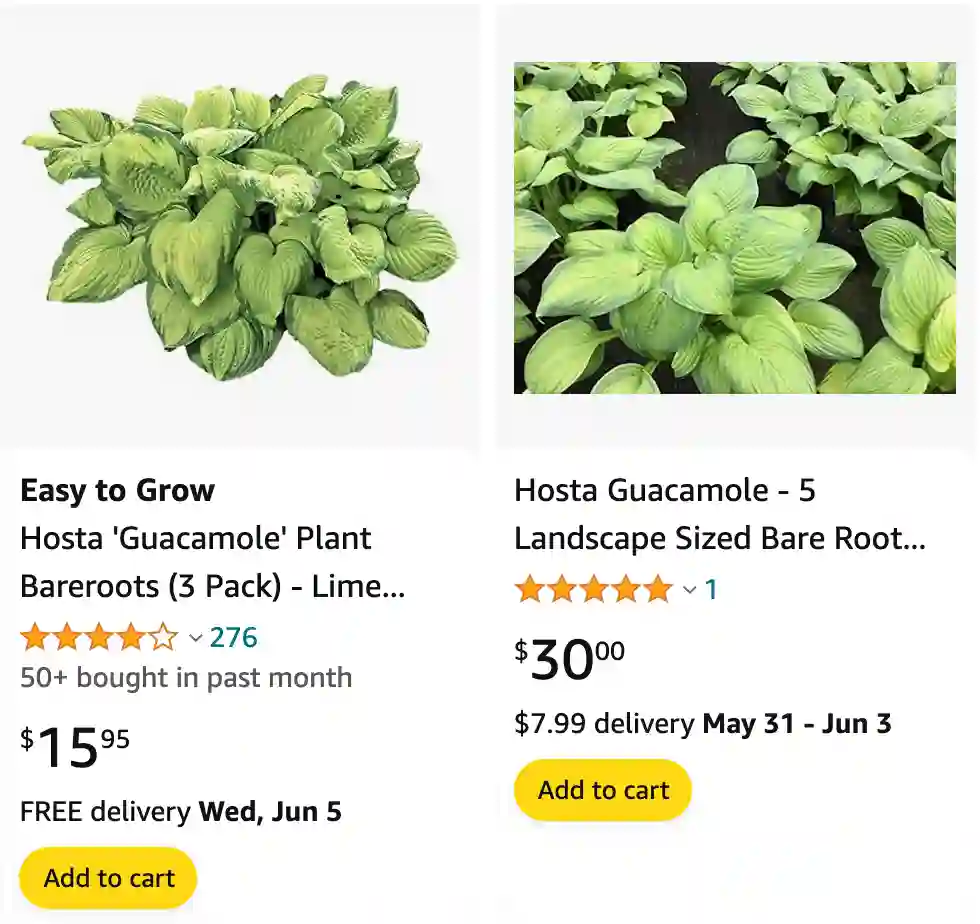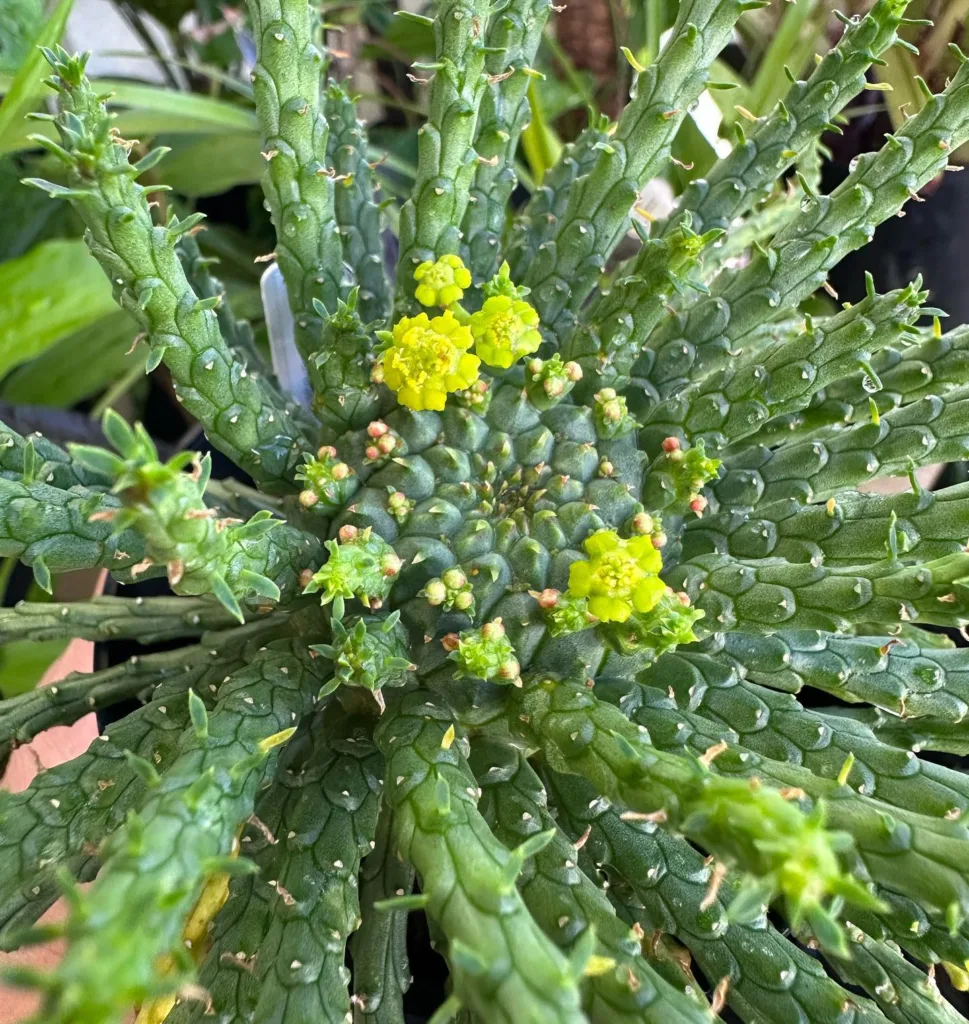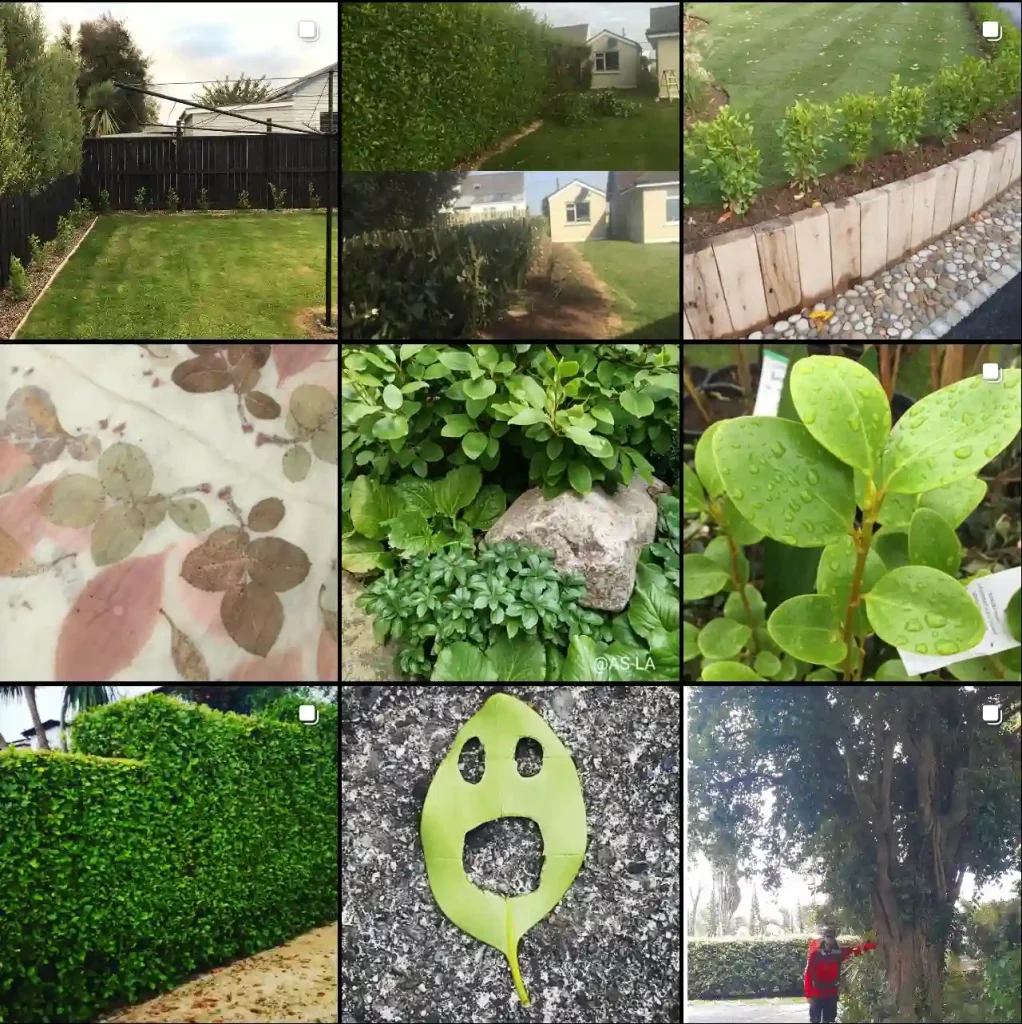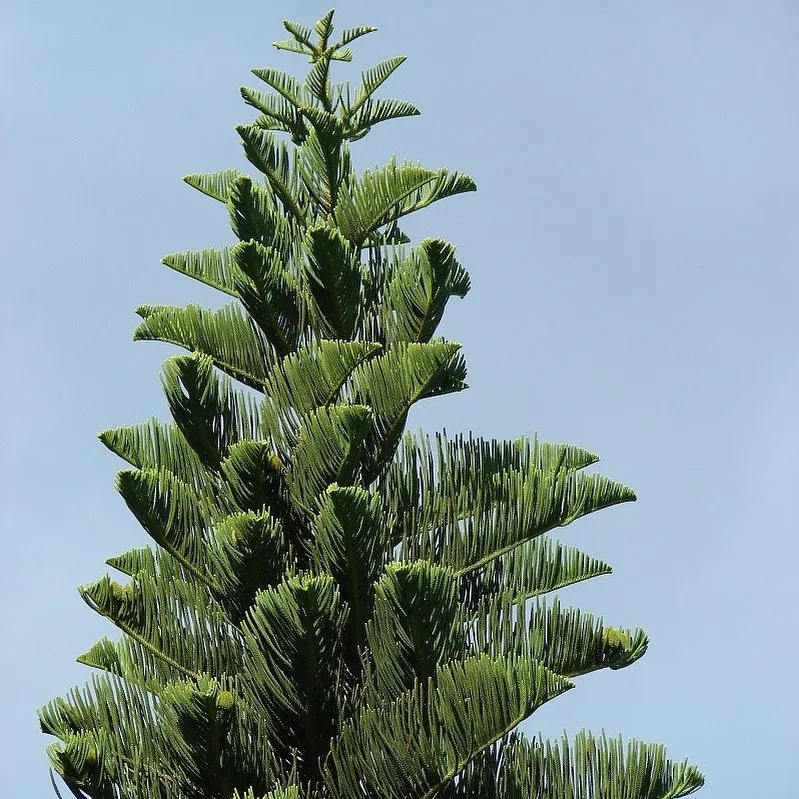
How big do Guacamole Hostas get?
The Hosta Guacamole in my garden have grown to be quite sizable, reaching about 18-24 inches in height and spreading out to about 36 inches in width. Their lush green foliage with creamy white edges really fills out the garden bed nicely.
31 Species in Genus Hosta
Does Guacamole Hosta like sun?
In terms of sunlight, Guacamole Hostas prefer partial shade to full shade. I’ve found that they do best when they receive morning sun and are shaded during the hottest parts of the day. Too much direct sunlight can scorch their leaves, so I make sure they’re well-sheltered.
How to take care of Hosta Guacamole?
Here’s how to take care of Hosta Guacamole:
1. Light
- Partial Shade: ‘Guacamole’ Hosta prefers partial shade to full shade. Too much direct sunlight can scorch its leaves, especially in hotter climates.
2. Soil
- Well-Draining Soil: Plant Hosta ‘Guacamole’ in well-draining, fertile soil with plenty of organic matter. A loamy soil with a slightly acidic to neutral pH is ideal.
3. Watering
- Consistent Moisture: Keep the soil consistently moist but not waterlogged. Water deeply once or twice a week, especially during dry periods. Mulching around the base of the plant helps retain soil moisture.
4. Mulching
- Mulch Application: Apply a 2-3 inch layer of organic mulch, such as shredded bark or compost, around the base of the plant to conserve moisture, suppress weeds, and regulate soil temperature. Keep mulch a few inches away from the stems to prevent rot.
5. Fertilizing
- Fertilizer Application: Feed Hosta Guacamole with a balanced, slow-release fertilizer in early spring as new growth emerges. Follow the manufacturer’s instructions for application rates. Avoid over-fertilizing, as it can lead to excessive leaf growth and reduced vigor.
6. Pruning
- Pruning Maintenance: Remove any dead, damaged, or yellowing leaves throughout the growing season to maintain the plant’s appearance and health. Cut back flower stalks after blooming to encourage energy to be directed back to the foliage.
7. Pest and Disease Control
- Pest Management: Watch for common pests such as slugs, snails, and deer, which are attracted to Hostas. Use organic slug baits, copper barriers, or other pest control methods as needed.
- Disease Prevention: Ensure good air circulation around the plant to prevent fungal diseases such as crown rot and leaf spot. Avoid overhead watering, and promptly remove any diseased foliage.
8. Winter Care
- Mulching for Winter: Apply an additional layer of mulch around the base of the plant in late fall to protect the roots from freezing temperatures. In colder climates, Hosta ‘Guacamole’ may benefit from being covered with a layer of leaves or straw for added insulation.
9. Division
- Division: Divide overcrowded clumps of Hosta ‘Guacamole’ every 3-5 years in early spring or late summer to rejuvenate the plant and promote healthy growth. Use a sharp knife or shovel to carefully divide the clump into smaller sections, ensuring each division has several healthy roots and shoots.
10. General Care
- Monitoring: Regularly monitor your Hosta ‘Guacamole’ for signs of stress, pests, or disease. Address any issues promptly to maintain plant health and vigor.
When do Guacamole Hostas bloom in Ohio?
In Ohio, Guacamole Hostas typically bloom in late spring to early summer, usually around May to June. The flower spikes emerge from the center of the plant and produce clusters of delicate lavender flowers, adding a lovely pop of color to the garden.
When should Guacamole Hostas be separated?
When it comes to separating Guacamole Hostas, I’ve found that late summer or early fall is the best time. This allows the plants to establish new roots before the winter sets in. I carefully dig up the clumps, making sure to preserve as many roots as possible, and then replant them in their new locations.
Why is my Hosta Guacamole plant’s leaves turning yellow?
When the leaves of my Hosta Guacamole plant start turning yellow, it’s often a sign of either overwatering or nutrient deficiency. I check the soil moisture to ensure it’s not waterlogged and adjust my watering accordingly. If the soil seems fine, I give them a dose of balanced fertilizer to replenish any nutrients they might be lacking. This usually perks them up and restores their vibrant green color.
If i die, water my plants!



